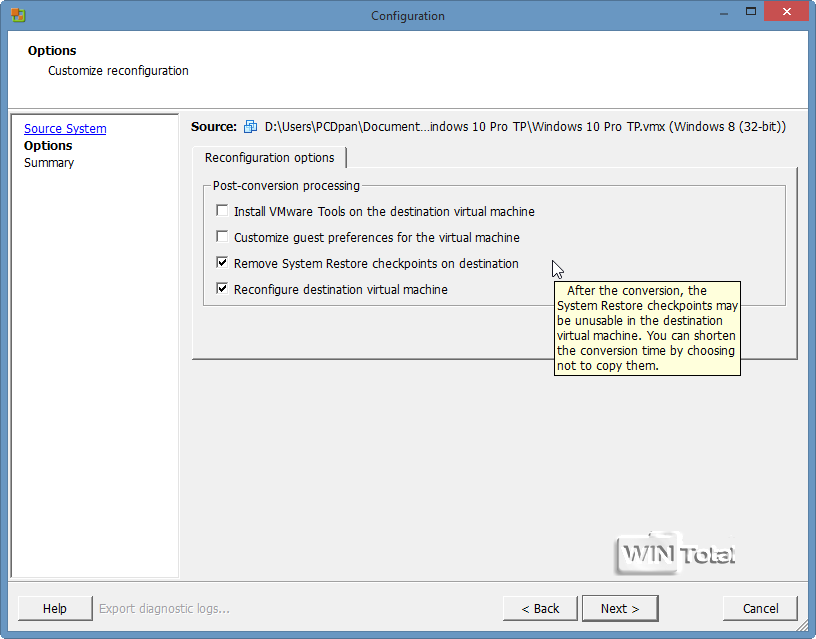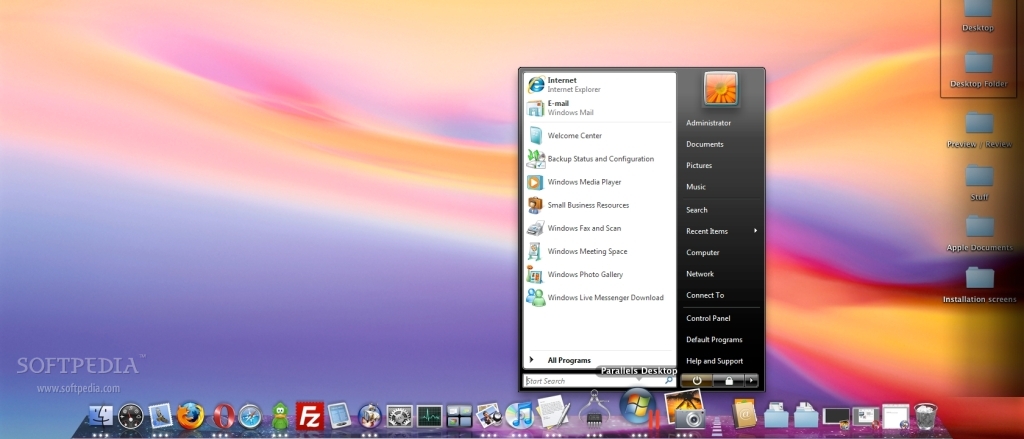
Multiple simultaneous conversions enable large-scale virtualization implementations.VMware vSphere Remote Office and Branch Office Enterprise.VMware vSphere Remote Office and Branch Office Advanced.VMware vSphere Remote Office and Branch Office Standard.If you get blue screens on boot, it’s likely that you forgot to uninstall Parallels tools. Press the hard drive with the green plus icon under the list to add a new disk under the SATA controller and select “hard disk” and, when prompted, choose “Use existing disk.” Select the newly created VM and go to its settings -> storage.When prompted about what to do regarding a hard drive, select the option to not create the drive. After the conversion is finished, open VirtualBox and create a new VM.This may take a while if you have a bunch of stuff on the VM. Depending on your space requirements, select either the minimum space (expanding disk) or max space (non-expanding disk).“Powered on machine” and “This local machine” tells the converter to look at the currently booted VM system.From the menu bar, select “Convert Machine” to start the conversion wizard. Install the VMWare Converter onto the VM.Sign up for a VMWare account and download their (quite excellent) VMWare Converter.You may need to reboot after this (it will prompt you if so). From the Control Panel, uninstall the Parallels Tools software.

This is as easy as copy-pasting the pvm in ~/Documents/Parallels. Make a backup copy of the Parallels image, just in case something goes terribly wrong.


I used an existing SMB share from one of our Mac servers – you can also use a USB disk if that is easier for you. You will need somewhere to store the image that is NOT on the C: drive of the machine you are converting. There are other tools to do this directly from Parallels -> VHD without this intermediate step, but none that I have found on a Mac just yet. We do this by prepping the image and then using VMWare’s Converter tool to live-create a VHD file out of the VM. There’s a chance that I may try out VMWare Fusion for the ESXi integration that Rich Trouton writes about for a future project, but for now – getting my Windows VMs into a standard format is the task at hand. Provided by Oracle and free, it does the things I need for testing environments. As I find my need for virtual machines increasing and my satisfaction with Parallels new licensing options decreasing, I am working on converting much of my testing to use VirtualBox.


 0 kommentar(er)
0 kommentar(er)
